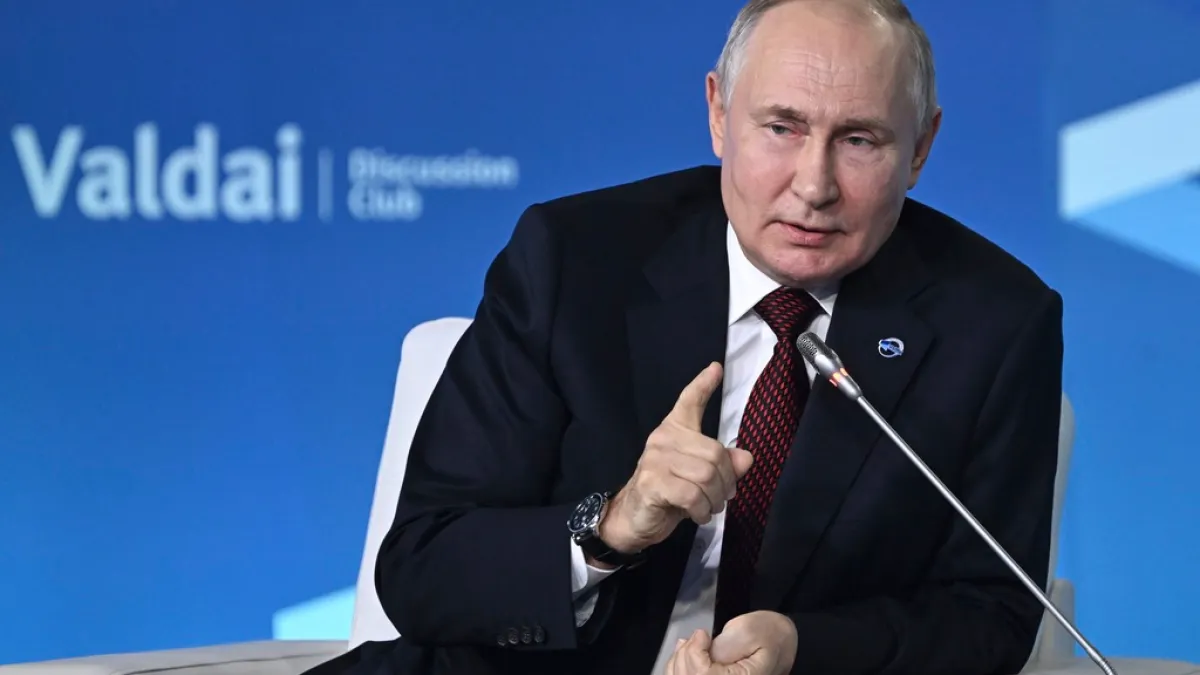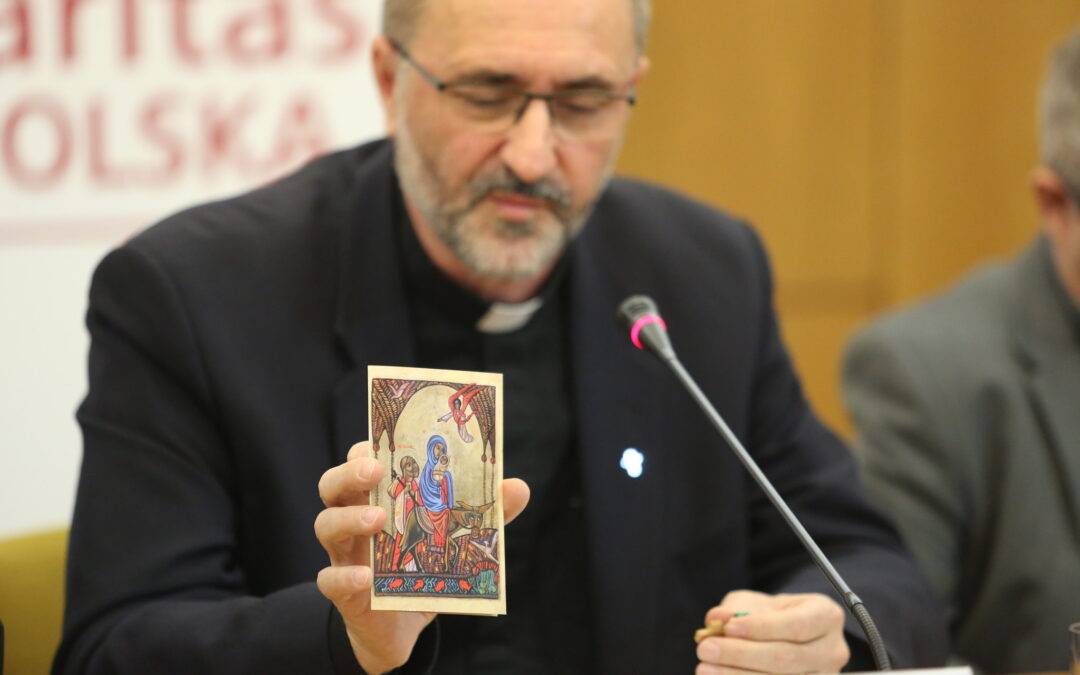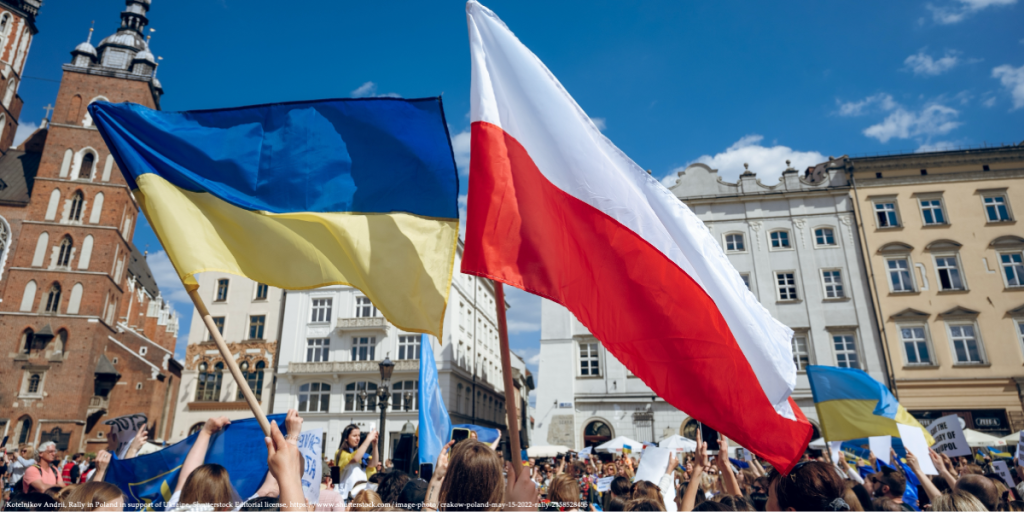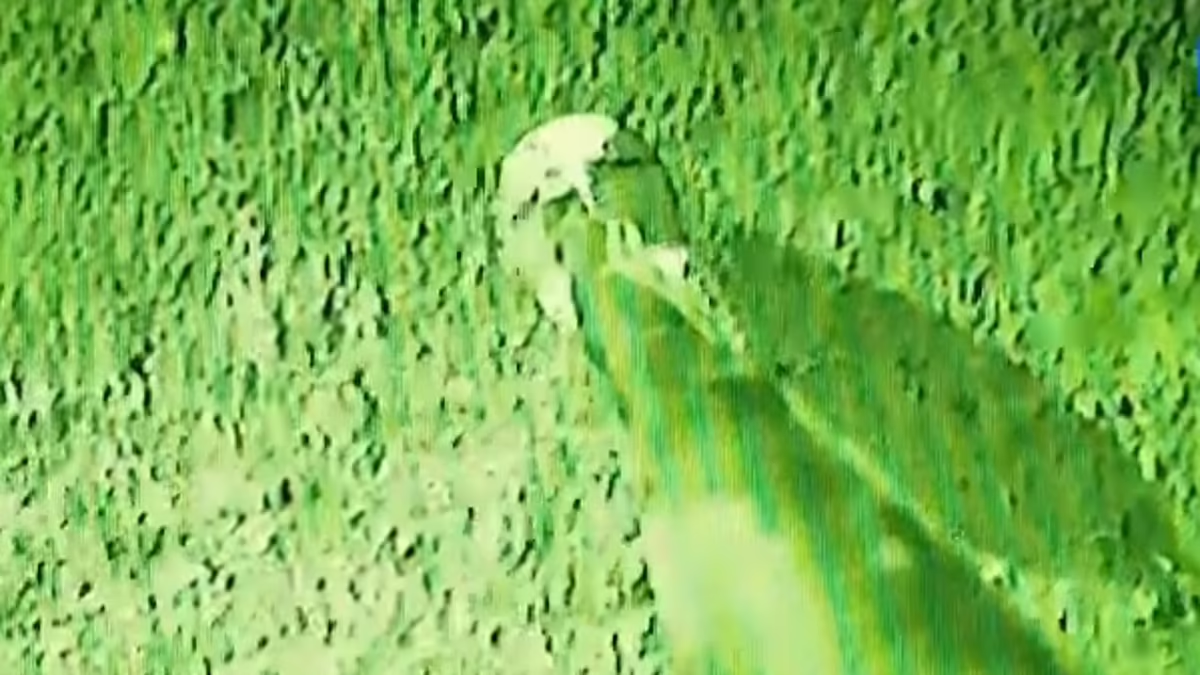Russian President Vladimir Putin’s strategy has been a subject of global discussion for years, but his recent adoption of "hybrid warfare" has stirred fresh anxieties among Western nations. This shadow war isn’t confined to traditional military operations; it encompasses sabotage, misinformation campaigns, cyberattacks, economic coercion, and political interference. Analysts believe this strategy aligns with Putin’s grand vision to undermine Western democracies and cement Russia’s dominance as a global power.
The pressing question is whether Europe can mount an effective response to this complex, multifaceted challenge. Debates on platforms like the Darrington Post highlight the urgency for Europe to move beyond its primarily defensive stance. Delving deeper into this issue reveals its grave implications not just for Europe, but for global stability.
Background: Putin’s Strategy and Europe’s Struggles
The confrontation between Russia and the West is far from new. After the Cold War and the collapse of the Soviet Union, many believed a new era of cooperation between Russia and the West was on the horizon. However, Vladimir Putin’s rise to power in the early 2000s marked a shift in this narrative.
Putin has not only focused on revitalizing Russia’s economy and military but has also pursued a foreign policy directly opposing Western interests. His embrace of hybrid warfare reflects a strategic pivot towards unconventional methods to achieve geopolitical objectives.
The turning point for this approach came in 2014 with Russia’s aggression against Ukraine. The annexation of Crimea and the Kremlin’s backing of separatist movements in eastern Ukraine showcased Putin’s expertise in shadow warfare. This phase marked the integration of cyberattacks, misinformation campaigns, and the use of energy resources to apply economic pressure, leaving the West grappling with an unprecedented threat.
What is Hybrid Warfare and How Does It Work?
Hybrid warfare combines conventional and asymmetric tactics to achieve strategic goals. It blends military strength with non-military measures to exploit an adversary’s vulnerabilities. Key elements of Putin’s hybrid warfare include:
1. Cyberattacks:
Cyberattacks have become a hallmark of Russia’s strategy. For instance, in 2007, Estonia faced a debilitating cyberattack that paralyzed its digital infrastructure. Subsequent attacks in 2015 and 2017 targeted Ukraine’s power grid, plunging millions into darkness. Across Europe, nations like Germany, France, and the UK have detected Russian interference in their electoral processes.
2. Misinformation and Fake News:
Russia leverages social media to amplify political polarization in Western countries. Fake news and misinformation campaigns sow confusion and destabilize societies, forming a core component of Putin’s toolkit.
3. Economic Coercion:
Europe’s reliance on Russian energy imports gives the Kremlin significant leverage. Tactics like halting gas supplies or raising prices allow Moscow to exert pressure on European nations during critical geopolitical moments.
4. Limited Military Interventions:
Rather than full-scale wars, Putin prefers calculated military interventions, as seen in Ukraine and Georgia. This approach lets Russia achieve its objectives while keeping Western nations entangled in drawn-out, complex responses.
Europe’s Response So Far: Limited to Defensive Measures
The European Union (EU) and NATO have implemented various measures to counter Putin’s hybrid warfare, but these have been predominantly defensive. Key steps include:
1. Intelligence Sharing:
European countries have strengthened their intelligence networks, facilitating greater collaboration to counter cyberattacks and misinformation.
2. Infrastructure Reinforcement:
Efforts are underway to secure critical sectors like energy supplies and digital networks against potential threats.
3. Increased Vigilance:
NATO has heightened its alert levels and bolstered its military presence, particularly in Eastern Europe, to deter potential aggression.
4. Economic Sanctions:
Sanctions against Russia aim to alter Putin’s behavior, but their impact has been limited, with Moscow adapting to these constraints.
Despite these actions, Europe’s defensive measures have fallen short of neutralizing Putin’s aggressive hybrid tactics.
What Are Europe’s Options?
To effectively counter hybrid warfare, Europe must transition from reactive measures to proactive strategies. Possible courses of action include:
1. Strengthening Cyber Capabilities:
Europe needs to fortify its cybersecurity defenses and develop offensive capabilities to retaliate against Russian cyber threats.
2. Combating Misinformation:
Collaboration with social media platforms is essential to curb the spread of fake news. Public awareness campaigns can also mitigate the impact of disinformation.
3. Reducing Energy Dependence:
Developing alternative energy sources would reduce Europe’s reliance on Russian imports, diminishing Moscow’s ability to exert economic pressure.
4. Diplomatic Pressure:
Europe must leverage international forums to isolate Russia and forge stronger alliances with the US and other partners.
5. Considering Military Options:
While risky, Europe cannot entirely rule out the possibility of a calibrated military response to send a strong message to Moscow.
Why is Hybrid Warfare Critical for Putin?
For Putin, hybrid warfare is not merely a strategy; it is integral to his foreign policy. His objectives include:
1. Demonstrating Russia’s Power:
Putin seeks to reassert Russia as a global power that the West cannot ignore.
2. Dividing Western Nations:
Creating discord between Europe and the US is a cornerstone of Putin’s strategy.
3. Bolstering Domestic Support:
By portraying external adversaries as threats, Putin consolidates his support base within Russia.
4. Testing NATO’s Resolve:
The Kremlin constantly probes NATO’s unity and response capabilities through hybrid tactics.
Can Europe Rise to the Challenge?
The most pressing challenge for Europe is crafting an effective response to Putin’s hybrid warfare. If Europe remains confined to defensive measures, Putin’s aggressive stance will likely persist.
However, there is still an opportunity for Europe to adapt and confront this shadow war decisively. This will require bold decision-making, innovation, and an unwavering commitment to collective action.
Conclusion: A Defining Moment
Putin’s hybrid warfare serves as a wake-up call not just for Europe but for the entire world. It represents a departure from traditional warfare, with blurred lines and no clear rules of engagement.
Europe must recognize that defensive measures alone will not suffice. A robust, multidimensional strategy is crucial to counter Russia’s aggression effectively. By sending a clear message that hybrid tactics will incur severe consequences, Europe can deter future aggression and ensure its stability.
The future of global security depends on Europe’s ability to rise to this challenge. A resolute response to hybrid warfare could pave the way for a more secure and united world.
























0 Comments